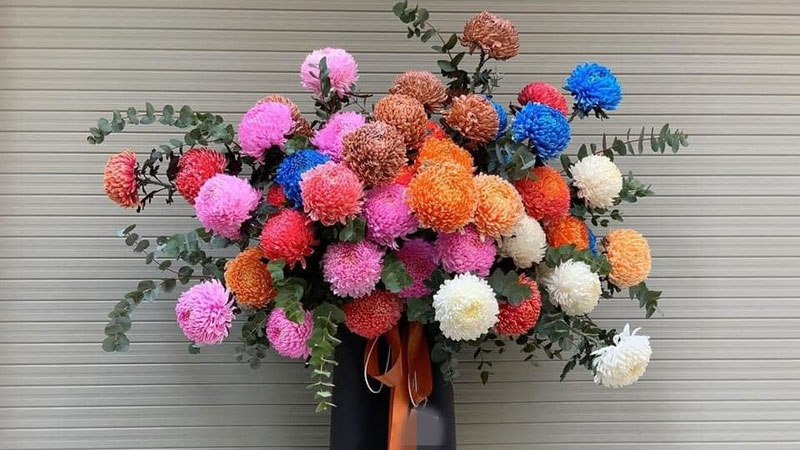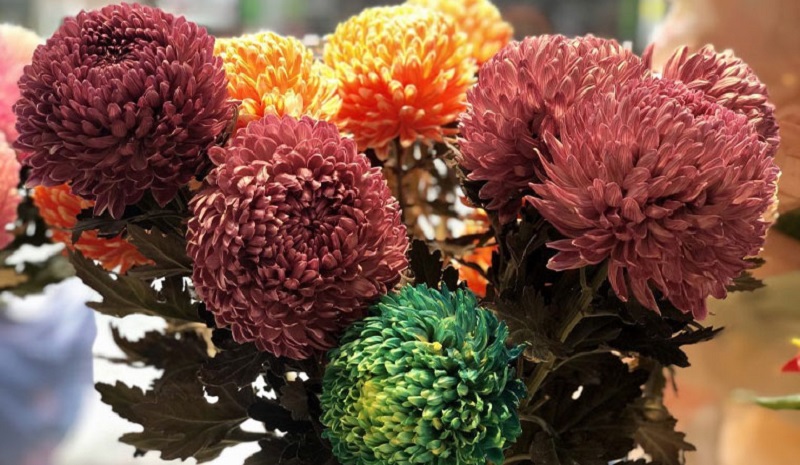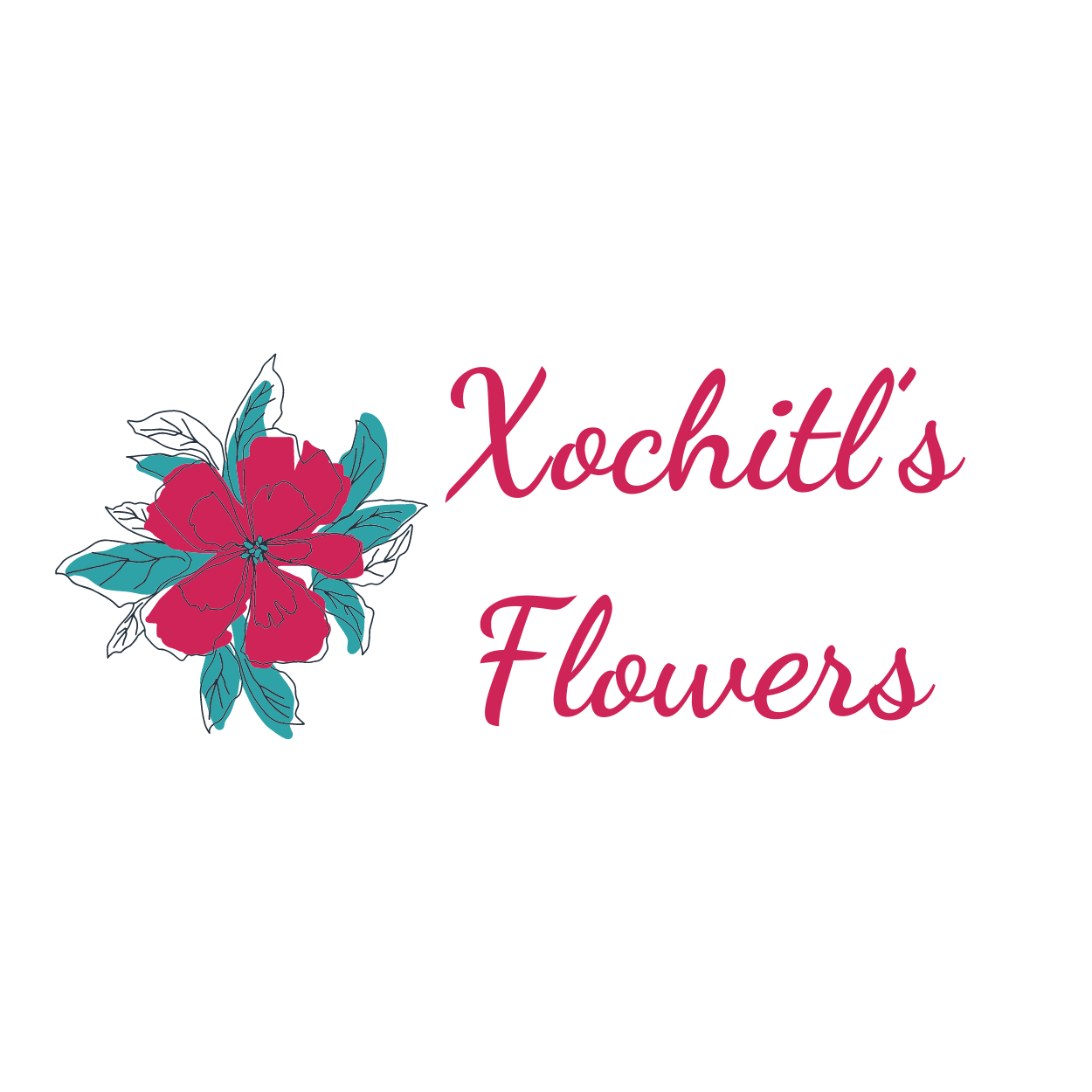Single chrysanthemums, with their classic form and vibrant colors, are timeless flowers that bring a touch of elegance to any floral arrangement or garden. Known for their simplicity and beauty, these flowers have earned a cherished spot in the world of horticulture and design. This article delves into the characteristics, history, cultivation practices, and cultural significance of single chrysanthemums, showcasing why they continue to be a popular choice among gardeners and florists.
Definition and Characteristics
What is a Single Chrysanthemum?
A single chrysanthemum, scientifically known as Chrysanthemum morifolium, is a type of flowering plant celebrated for its single-layered blooms. Unlike more complex varieties with multiple layers of petals, single chrysanthemums feature a single row of petals surrounding a prominent central disc. This simple yet striking appearance makes them a favorite for both traditional and modern floral designs.

Unique Features of Single Chrysanthemums
Single chrysanthemums are characterized by their open blooms, which reveal a central disc of tightly packed florets surrounded by a single row of petals. The flowers come in a wide range of colors, including white, yellow, red, and purple. The plant itself has a bushy growth habit with dark green, serrated leaves that provide a lush backdrop to the vibrant blooms.
History and Origin
Historical Background of Chrysanthemums
Chrysanthemums have a rich history, dating back over 2,000 years to ancient China, where they were cultivated for their medicinal properties as well as their beauty. They spread to Japan and Europe, where they gained popularity for their ornamental value. Over time, chrysanthemums have been bred into various forms and colors, with single chrysanthemums being one of the classic types.
Evolution of Single Chrysanthemums
The development of single chrysanthemums represents a return to the flower’s simpler, more natural form. Breeders sought to highlight the flower’s inherent beauty without the complexity of multiple petal layers. This approach has resulted in a variety of single chrysanthemum cultivars that offer a clean, classic look that enhances both garden landscapes and floral arrangements.
Botanical Characteristics
Physical Appearance
Single chrysanthemums feature large, daisy-like flowers with a single row of petals around a prominent central disc. The blooms can range from 2 to 4 inches in diameter, depending on the variety. The foliage is typically dark green, with deeply serrated edges that add texture and contrast to the plant’s overall appearance.
Growth Habits
Single chrysanthemums grow to a height of 12 to 24 inches, with a bushy, compact form. They produce multiple stems, each bearing clusters of blooms. The plants have a moderate growth rate and typically bloom from late summer to fall, providing a burst of color as other garden plants begin to wane.
Environmental Needs
Single chrysanthemums prefer well-drained soil with a slightly acidic to neutral pH. They thrive in full sun but can tolerate partial shade. Consistent moisture is important for healthy growth, but the soil should not remain soggy. The plants are relatively hardy and can withstand light frost, making them suitable for a range of climates.
Cultivation
Climate and Soil Requirements
Single chrysanthemums flourish in temperate climates with moderate temperatures. They prefer well-drained soil enriched with organic matter. Before planting, amend the soil with compost or well-rotted manure to improve fertility and drainage. Ensure the planting site receives at least 6 hours of direct sunlight each day for optimal growth.
Planting Techniques
Plant single chrysanthemum seeds or seedlings in the spring after the last frost date. Space plants about 12 to 18 inches apart to allow for their mature size and ensure good air circulation. For best results, start seeds indoors 6 to 8 weeks before the last frost or purchase established seedlings from a nursery.
Care and Maintenance
Regular watering is essential, especially during dry periods, but avoid overwatering to prevent root rot. Fertilize the plants every 4 to 6 weeks with a balanced, water-soluble fertilizer to support healthy growth and blooming. Deadhead spent flowers to encourage continued blooming and improve plant appearance. Monitor for pests such as aphids and spider mites, and apply appropriate treatments as needed.

Popular Varieties
Overview of Notable Single Chrysanthemum Varieties
- ‘Moonlight’: Features bright yellow petals with a vibrant central disc, offering a cheerful addition to any garden or arrangement.
- ‘White Snow’: Known for its pure white blooms and crisp, clean appearance, ideal for elegant floral designs.
- ‘Red Baron’: Offers striking red petals that create a bold, dramatic effect in bouquets and garden beds.
Pests and Diseases
Common Issues Faced by Single Chrysanthemums
Single chrysanthemums can be susceptible to pests such as aphids, spider mites, and thrips. Fungal diseases like powdery mildew and rust are also common, particularly in humid conditions.
Prevention and Treatment Strategies
To prevent pests, maintain good plant hygiene and ensure proper air circulation. Use insecticidal soap or neem oil to manage pests organically. For fungal diseases, avoid overhead watering and ensure proper ventilation around the plants. Apply fungicides if necessary and practice integrated pest management (IPM) to maintain plant health.
Uses and Benefits
Ornamental and Aesthetic Uses
Single chrysanthemums are highly valued for their ornamental qualities. They are commonly used in floral arrangements, bouquets, and garden displays. Their clean, classic appearance adds a touch of elegance to any setting, making them a popular choice for both everyday decor and special occasions.
Environmental Benefits
These flowers attract pollinators such as bees and butterflies, contributing to garden biodiversity. Their adaptability to various soil types helps improve soil health and prevent erosion.
Commercial and Agricultural Uses
In the floral industry, single chrysanthemums are prized for their simplicity and long-lasting blooms. They are widely cultivated in greenhouses and floral farms, where they play a significant role in floral design and flower markets.
Cultural Significance
Symbolism and Meanings
Single chrysanthemums symbolize respect, honor, and longevity. Their simple yet striking appearance conveys messages of appreciation and admiration, making them a meaningful choice for expressing sentiments and celebrating important milestones.
Single Chrysanthemums in Art and Literature
The elegant form of single chrysanthemums has inspired various artworks and literary references. Their role in representing beauty and simplicity continues to captivate artists and writers, reflecting their enduring appeal.
Festivals and Celebrations
Single chrysanthemums are often featured in floral festivals and garden shows, where their classic beauty is showcased in elaborate displays. These events celebrate the flower’s contribution to floral design and horticulture.
Tips for Growing and Arranging Single Chrysanthemums
Techniques for Growing Single Chrysanthemums
To achieve successful growth, plant single chrysanthemums in well-drained soil and provide regular care, including proper watering and fertilization. Monitor for pests and diseases to ensure healthy plants and vibrant blooms.
Best Practices for Arranging Single Chrysanthemums
When arranging single chrysanthemums, consider their classic form and vibrant colors. Use floral foam or a vase with a narrow opening to support the stems and create a balanced arrangement. Combine with complementary flowers and foliage to enhance their visual impact and overall appeal.
Single chrysanthemums stand out as a symbol of simplicity and elegance, offering a blend of beauty and versatility that enhances any floral arrangement or garden display. Their classic form and vibrant colors make them a cherished choice for special occasions and everyday decor. By understanding their characteristics and cultivation needs, you can successfully grow and enjoy these timeless blooms, adding a touch of grace to your floral creations.
